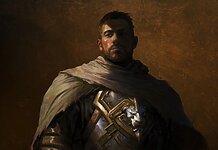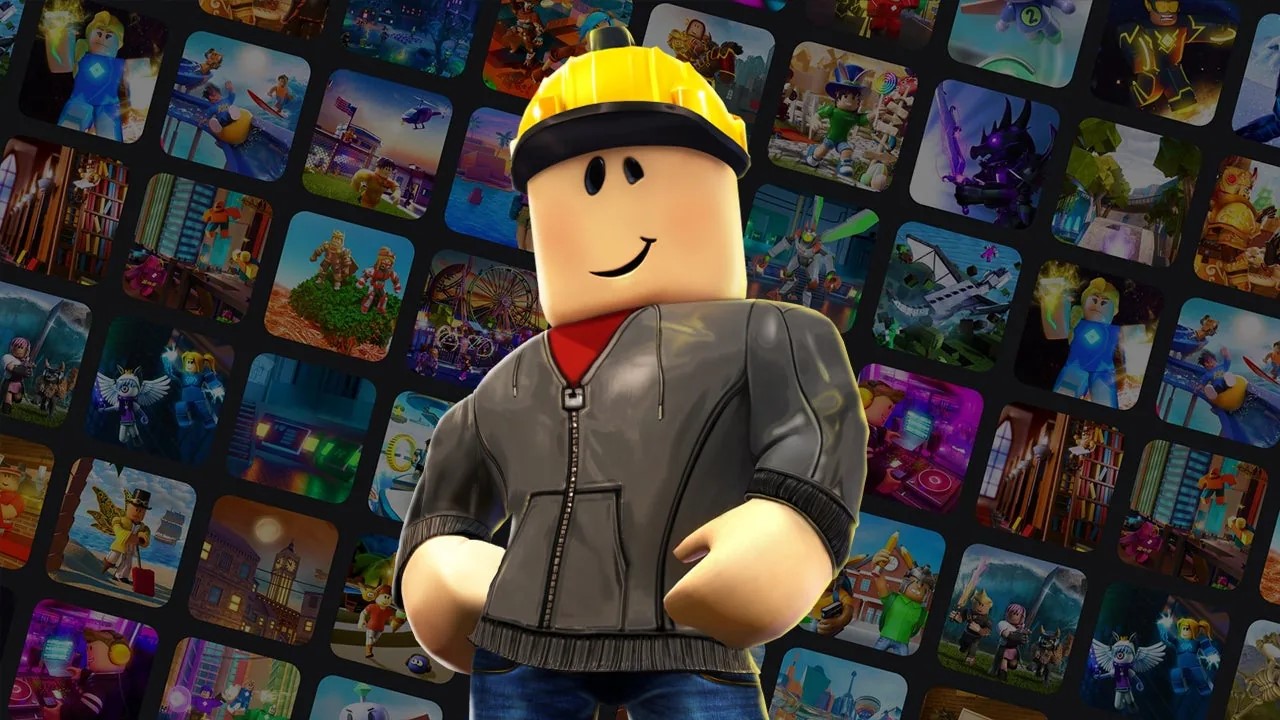- Game devs used to add fog, haze, and clouds in their games to mask the rendering of the objects as you move through the world.
- Usually, the distant objects are flat 2D images, which increase to a low-poly texture and then to a 3D model as you move closer to them.
- Other tricks such as frame capping, asset reuse, loading screens, and baked lighting & shadows were also used to save memory.
We all love older games, especially those launched in the era of the legendary PS2. But have you wondered how these games ran smoothly despite the hardware limitations of older consoles?
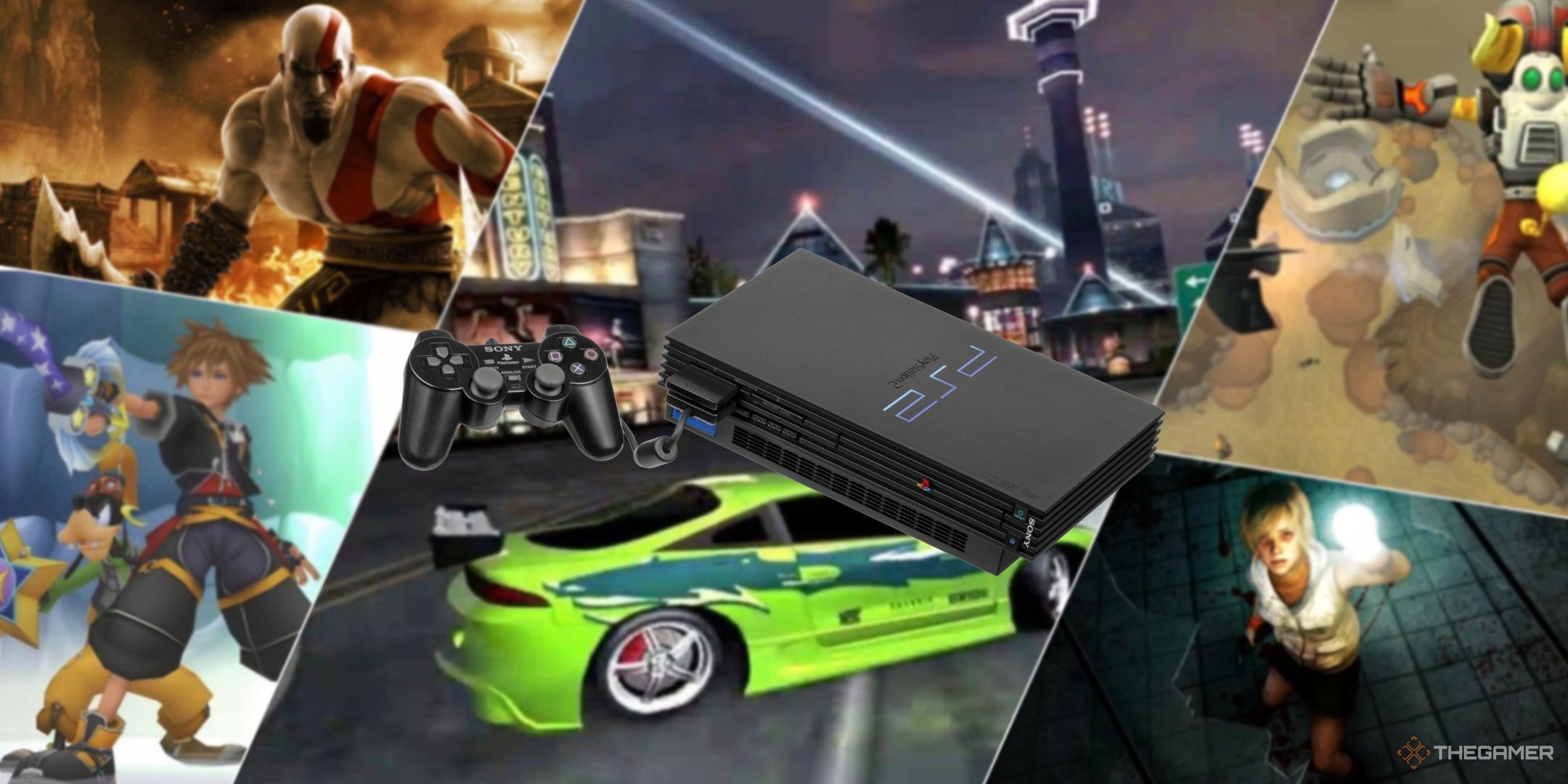
While we may not realize it, game developers used sneaky and clever tricks to make their games run smoothly and look great, especially the older open-world games.
Pushing Limits With Limited Hardware
To put into perspective, the PS2 came with a 64-bit R5900-based chip, 32MB of RAM, and only 8MB of storage card. Considering the specifications of newer consoles, this is far less to work with.
Still, developers pushed it to the edge through their brilliant coding and workarounds. A perfect example is Shadow Of The Colossus, which I still can’t get enough of even after so many years.
Solving The Draw Distance Issue
Not only was the game loved for its story, but it was also highly praised for its aesthetic. However, most people don’t realize that these aesthetics resulted from the PS2’s hardware limitations.
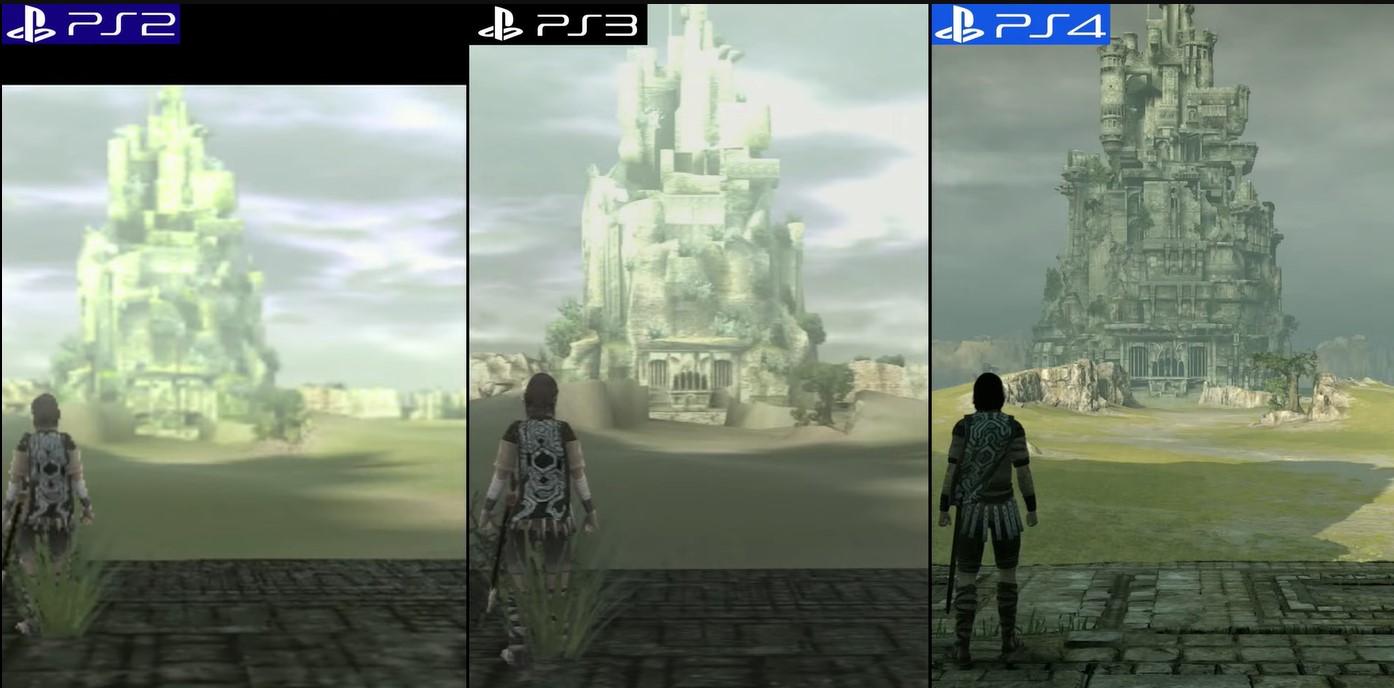
Visual Fog As A Mask
You see, the fog added at a distance wasn’t just for visual appeal but also because the PS2 couldn’t render the far-off objects. That is why fog is present in Silent Hill, which creates an aesthetic and also reduces the load on the PS2’s GPU
Besides the fog, Shadow Of The Colossus featured another clever strategy for rendering distant objects. With the extensive terrain and distant mountains in the game, it would have been impossible for PS2 to handle all that.
Texture Optimization
So, the devs smartly mixed 2D with 3D renders to counter this. If the player is far away from the distant mountains, we see only a 2D pixel covered by the lighting and fog, so your eye can’t naturally pick it up.
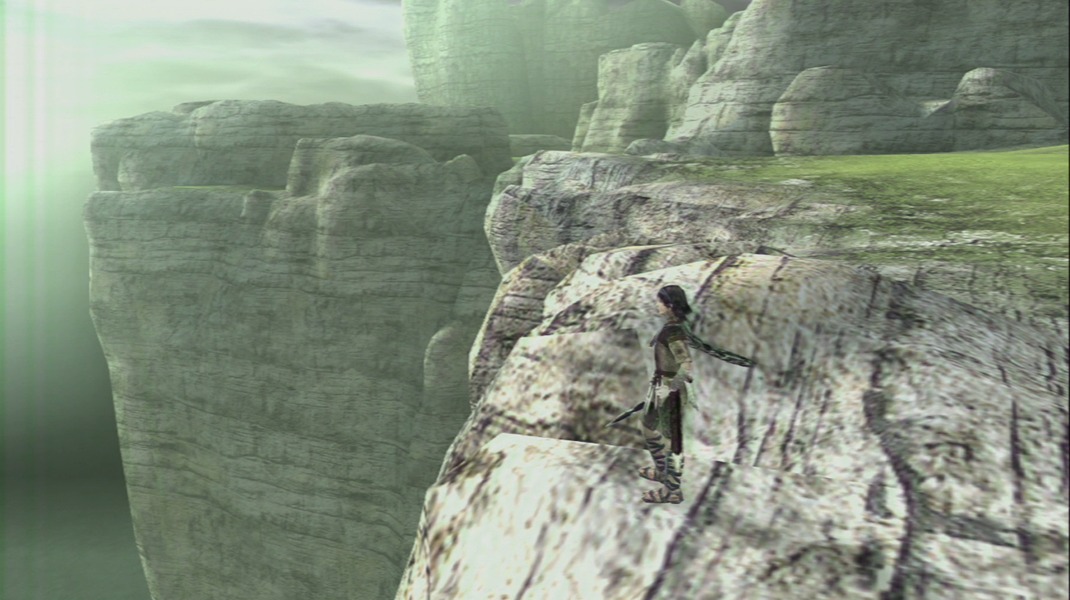
These are the same 2D renders that are placed at the end of the level in other games like Resident Evil, Final Fantasy VII–IX, and Onimusha. These were basically flat images with fixed camera angles, which saved processing power.
Pre-Rendered Backgrounds
As you move closer to these flat images, they shift to a low-poly model with the same haze and fog still present. It feels like the fog is making the object slightly blurry, but in reality, it is a blurry object.
As you move closer, it finally shifts to a completely 3D render, and your brain thinks it was 3D all along. That is why the game looked too good for an old console, as if it’s a miracle that this old tech can handle this vastness.
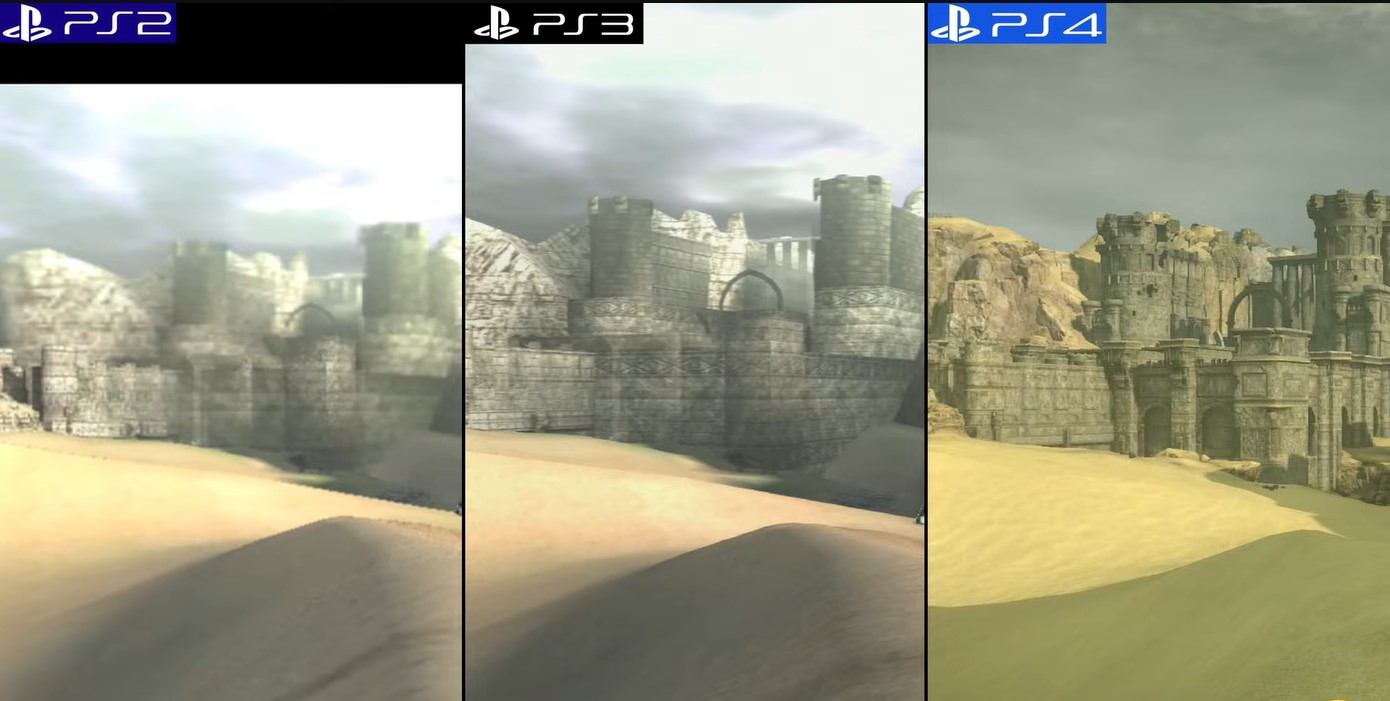
Level Streaming & Background Loading
Another cool trick the developers used is streaming. Since older consoles can’t properly load the large environments, streaming allows the map to be loaded as the player moves across it.
This was heavily used in GTA San Andreas, where Rockstar cleverly loaded only nearby assets whenever needed. This was masked by the distant fog, whose importance fans noted after it was removed in the Definitive Edition.
The heavy use of the clouds while flying in this game also worked as a tool to mask the ongoing render. The PS2 would stream the textures in the background. Looking closely, you can see the textures loading as CJ moves closer to the ground.
Other Techniques To Counter Hardware Limitations
Older games also ran at variable framerates instead of being capped at 60 FPS to reduce strain on the CPU and the GPU. Some games even lowered the resolution in intense scenes to maintain playability.
Frame Rate Capping
In games like Shadow of the Colossus, the FPS dipped during the boss fights, especially when the Colossus attacked you. To counter it, a visible screen shake looks visually appealing but was used to mask the frame drop.
Asset Reuse
Many of the assets were reused in many games to save memory. Devs would slightly alter the geometry to make objects look unique. This applies to the enemies in most RPG games and even the items placed around the surroundings.
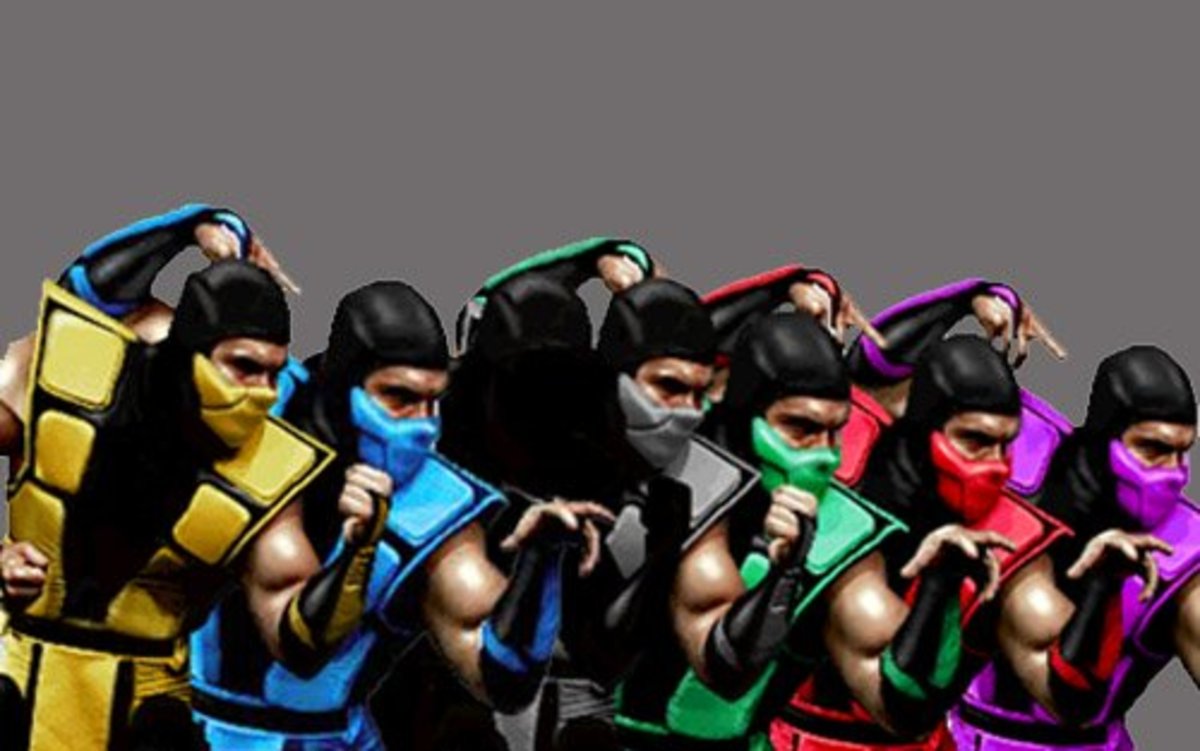
Loading Screens
Loading screens were added to give the consoles time to load the areas. However, games like Resident Evil, Metroid Prime, and Mass Effect used short hallways and corridor transitions to mask loading screens.
Baked Shadows & Lighting
Since integrating real-time shadows and lighting requires too much hardware, game developers still use baking shadows and light in the textures ahead of time. This gives the illusion of dynamic scenes and adds depth to the games.
Verdict
Now, if you ever pick up an older game, especially of the PS2, you’ll see these things going into work. Knowing how devs gave us high-end optimization for older games makes us cherish these games more than ever.
Thank you! Please share your positive feedback. 🔋
How could we improve this post? Please Help us. 😔
[Comparisons Expert]
Shehryar Khan, a seasoned PC hardware expert, brings over three years of extensive experience and a deep passion for the world of technology. With a love for building PCs and a genuine enthusiasm for exploring the latest advancements in components, his expertise shines through his work and dedication towards this field. Currently, Shehryar is rocking a custom loop setup for his built.
Get In Touch: shehryar@tech4gamers.com


 Threads
Threads